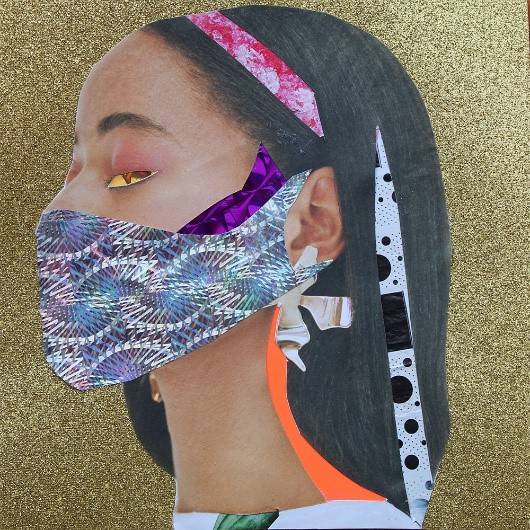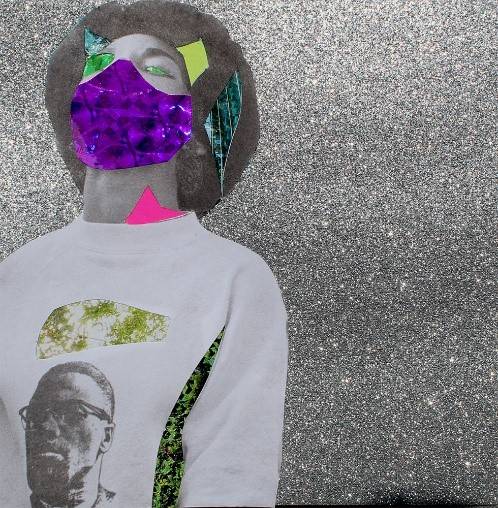As OCAD University prepares for a fall semester of dynamic remote learning, it is introducing two topical new courses designed to help students develop their artistic practice during the COVID-19 pandemic.
COVID-19 Responsive Art invites current and aspiring artists to explore artistic responses to tumultuous social and health crises from recent history, such as the AIDS epidemic, the civil rights movement and the Black Lives Matter movement. This is a third-year course in the Cross-Disciplinary Art program that is open to artists of all stripes; offering students the opportunity to create artwork that expresses their thoughts and emotions about the coronavirus.
“When the pandemic started, and we saw all this devastation happening across sectors, I immediately wanted to visually express my feelings about what was happening in the world, and I knew OCAD U students would feel the same way,” says instructor Ilene Sova, the Ada Slaight Chair of Contemporary Drawing and Painting. “This course offers a way for students to process the changes, upheavals, emotions and injustices related to COVID-19.”
Offered via Canvas, OCAD U’s learning management system, the 12-week course will include a mix of asynchronous lectures and demonstrations. There will also be real-time meetups via Microsoft Teams in two different time zones for students to connect, ask questions and get feedback on their work. Building on training provided to all OCAD U faculty members on making remote learning engaging, Sova has developed a variety of strategies and tactics. There will be a variety of formats within the course for students to interact with her and each other. She will also share practical ideas and approaches for creating artwork with materials available at home.
The final portion of the course will involve executing an online exhibition in which students will showcase their art. They will learn how to develop an artist statement, conduct media outreach, and create promotional content for social media and the web.
“The pandemic can push you out of your comfort zone to create something you never thought you could,” Sova says. “It can drive your creativity and problem-solving skills in new ways.”
Providing in-depth information and guidance on creating art from where you live is the new course, Working From Home. In this second-year 12-week course in the Drawing and Painting program, associate professor Michelle Forsyth will explain how the home can be a site of creative inquiry. The course will also unpack changing perceptions of the domestic in tandem with the shifting conceptions of gender, race and the modern family. Forsyth, an artist who examines autobiography through an examination of textiles in her home, will draw on her experience of producing art from home as a result of mobility issues caused by Parkinson’s disease.
“We all have different living situations and different ideas about working from home, but the students will learn that a studio can be anywhere, and there are ways to set up a space for creative work at home,” says Forsyth.
Through asynchronous readings and demonstrations shared on Canvas, the students will learn about historical artists, such as Frida Kahlo and Henri Matisse, to the more recent works by Jorge Pardo or Michelle Grabner, for whom the concept of the home has served to influence their practice, allowing students to gain ideas for how to cultivate their own home practice. They will also be challenged by assignments such as taking photos of objects at home they interact with daily, and painting them. Forsyth will also be available for individual check-ins through weekly office hours.
“This course will provide insights into how you adapt your artistic practice into your life, instead of fitting your life around your art practice ̶ a good thing for artists who face challenges that restrict their ability to be in a classroom on a daily basis,” adds Forsyth.

